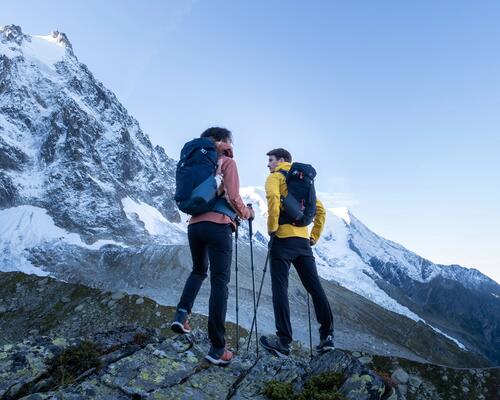What’s a hiking gps used for?
With its small size, hiking GPS is practical because it fits perfectly in your hand. So this small box can go with you on your summer and winter hikes. Resistant to all temperatures, hiking GPS is like an electronic navigation system you can use wherever you are. Directly connected to satellites used as location points in space, it’s equipped with a GPS system that lets you to have your location on a map when out hiking.






